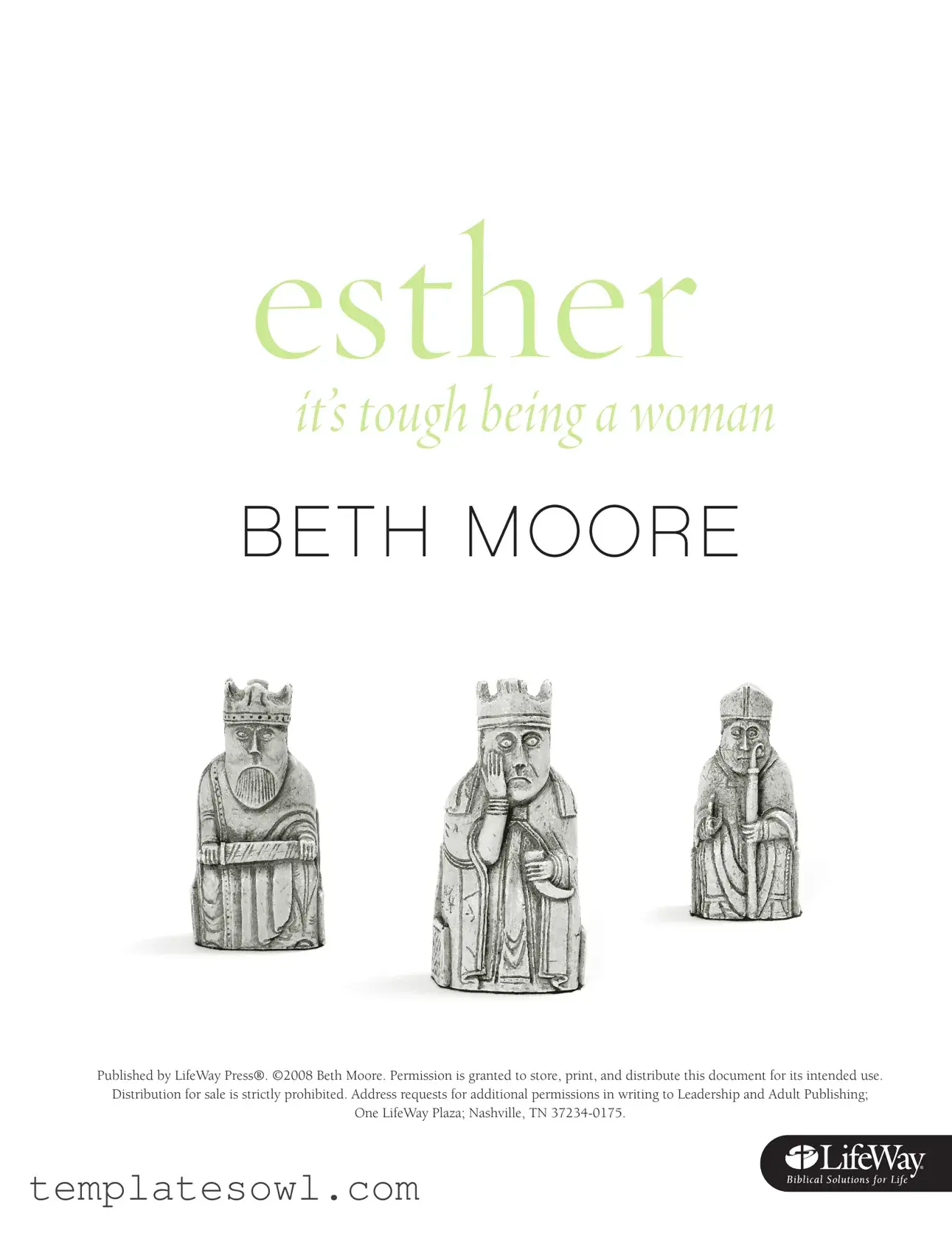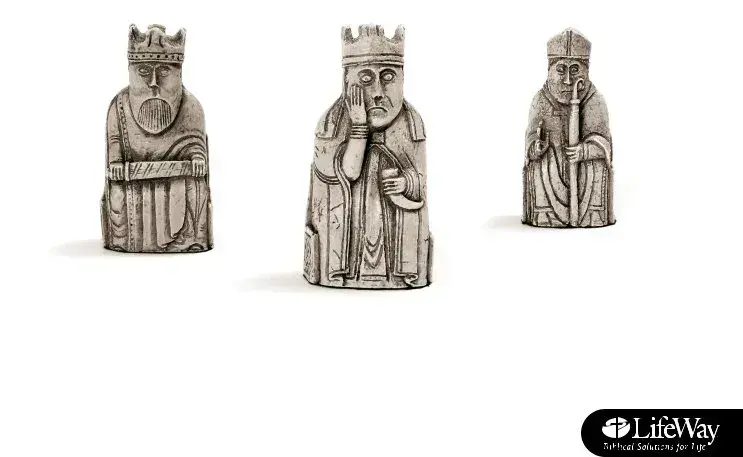What is the focus of the Beth Moore Esther study?
The Beth Moore Esther study emphasizes the challenges women face in various situations, particularly how they can navigate life experiences while maintaining strength and hope. This study invites participants to explore themes of providence, human responsibility, and the unique experiences of women, as depicted through the life of Esther and her community. By examining these themes, the study aims to provide insight into God's guidance in both significant and seemingly trivial aspects of life.
How can participants access the video sessions related to the study?
Participants can download video sessions that complement the Beth Moore Esther study from the LifeWay website. The link to access these resources is www.lifeway.com/women. These videos enhance understanding and engagement with the material by providing visual and auditory context to the lessons and discussions presented each week.
What unique aspects does the Book of Esther offer?
The Book of Esther stands out because it notably does not mention God explicitly. However, the study reveals how God's presence is still felt throughout the narrative. It offers profound insights into perseverance and courage in the face of adversity. Additionally, it highlights the significance of human actions and decisions within the divine plan, reminding readers that even mundane choices matter in the greater story of faith and destiny.
Who are the key characters discussed in the first session?
The initial session introduces two critical characters: Esther and her cousin Mordecai. Esther, also known as Hadassah, is portrayed as a resilient and beautiful young woman facing the trials of life without her parents. Mordecai serves as her guardian and plays a crucial role in her journey. Their relationship and individual backgrounds provide essential insight into the dynamics of their story, illustrating themes of familial support and courage in challenging circumstances.
Why is the study described as offering "tremendous hope"?
The study presents hope by demonstrating how individuals can find strength and purpose amidst hardship. Through Esther’s story, participants see that even when life seems difficult and overwhelming, there is potential for positive change and divine intervention. The study encourages people to reflect on their own lives and recognize that God's providence is always at work, even in ways that might not be immediately apparent.
Can the materials from the Beth Moore Esther study be shared freely?
No, while permission is granted to store, print, and distribute the materials for their intended use, any distribution for sale is strictly prohibited. If individuals or organizations wish to seek additional permission or clarity regarding use, they should direct their requests in writing to LifeWay Press at the provided address.










